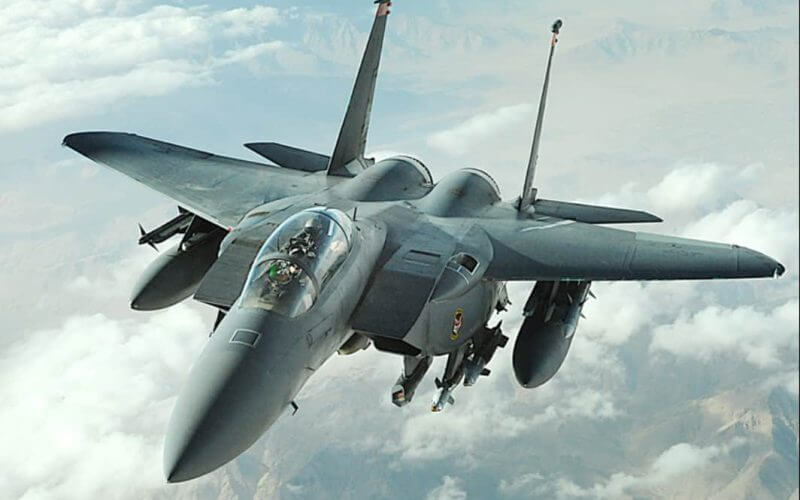Over the weekend, the United States military conducted several airstrikes against two facilities used by the Islamic Republic of Iran's Revolutionary Guard Corps (IRGC) and its proxies in eastern Syria.
Pentagon officials say the latest retaliation came in response to the daily barrage of rocket and drone attacks against American forces in Iraq and Syria. U.S. Air Force F-15E fighter jets destroyed several buildings used for training and storing munitions in Abu Kamal. The Airforce also struck a safe house in Mayadin used as a command headquarters.
The strikes came just several days after American warplanes hit a munitions warehouse in eastern Syria. Pentagon officials say the two latest sets of strikes, as well as one conducted in late October, were meant to deter Iran and its terrorist proxies Syria and Iraq.
According to reports, President Joe Biden has rejected more aggressive bombing options proposed by the Pentagon out of fear of provoking a wider conflict with Iran. The White House's responses towards the Iranian-backed attacks have been so narrow that Republican critics in Congress say they only invite more frequent and more dangerous attacks against American troops in the region.
"The president has no higher priority than the safety of U.S. personnel, and he directed today's action to make clear that the United States will defend itself, its personnel, and its interests," Defense Secretary Lloyd Austin said in a statement to reporters while traveling in Asia.
The Pentagon said over the weekend that there had been at least 48 attacks against American forces in Syria and Iraq since October 17 and that at least 56 U.S. service members experienced injuries. Around half of those suffered traumatic brain injuries, and two had to be flown to the Landstuhl military hospital in Germany for treatment.
Currently, the U.S. has 2,500 troops in Iraq and 900 in Syria.
Since the conflict between Hamas and Israel began in October, the U.S. has deployed one aircraft carrier to the eastern Mediterranean near Israel, and another recently left the Red Sea headed toward the Arabian Sea. The Pentagon has also sent dozens of additional warplanes to the Persian Gulf region and air defenses to several Gulf nations to protect American troops and bases in the Middle East region.
In response to the U.S. actions, the Islamic Republic of Iran and its proxies have continued to rally support against Israel and American forces in the region. In Lebanon, the Iranian-backed Shiite proxy Hezbollah recently obtained powerful Russian anti-ship missiles in response to the American naval carriers.
Related Story: Islamic Republic Defense Minister: U.S. ‘Will Be Hit Hard’ if No Ceasefire in Gaza










